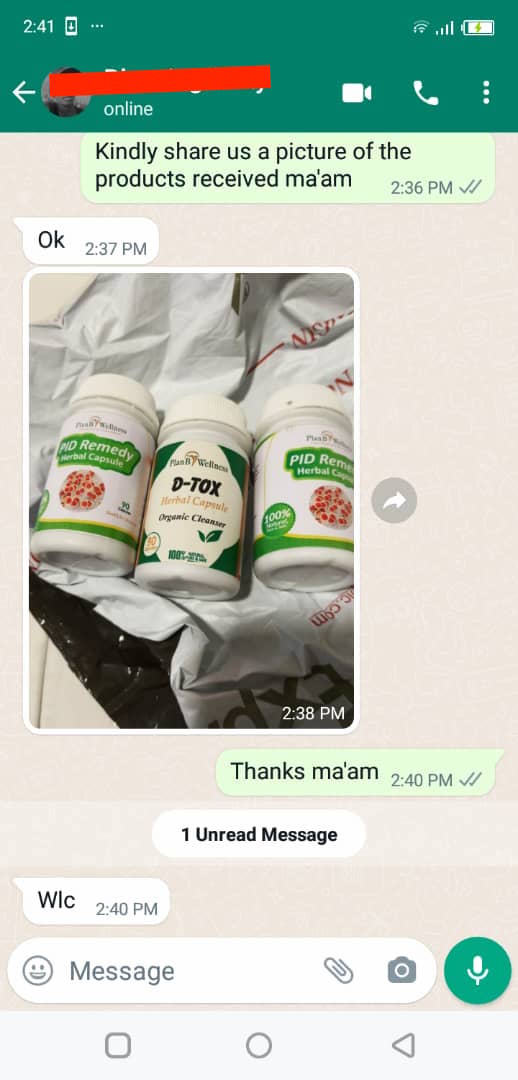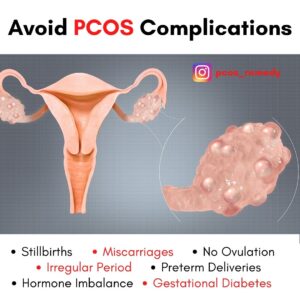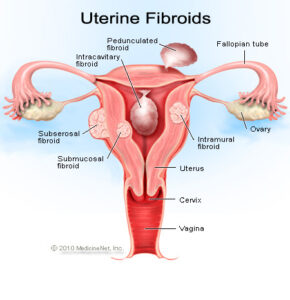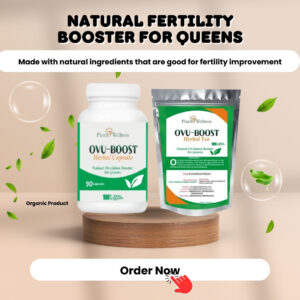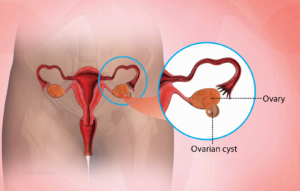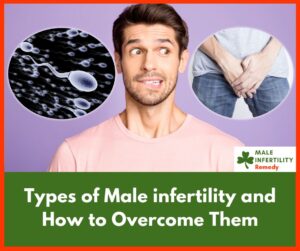According to Centres for Disease and Prevention Control,
1 in 8 Women With a History of PID Experience Difficulties Getting Pregnant!
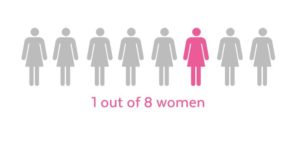
IF Pelvic Inflammatory Disease (PID) is causing you nightmares, make sure you read this beneficial report to the end…
Because it reveals…
How A Lot Of Women Are Endangering Their Health and Fertility Due To PID, STIs and Other Related Issues
And What They Can Do To Finally Banish PID and Other Related Infections Out Of Their Body System Within 4 Weeks Without Painful Injections and Harmful Chemical Drugs
Results Like The Ones Below Can Be Yours Too;
Ultasound Scan done in two different hospitals confirmed PID
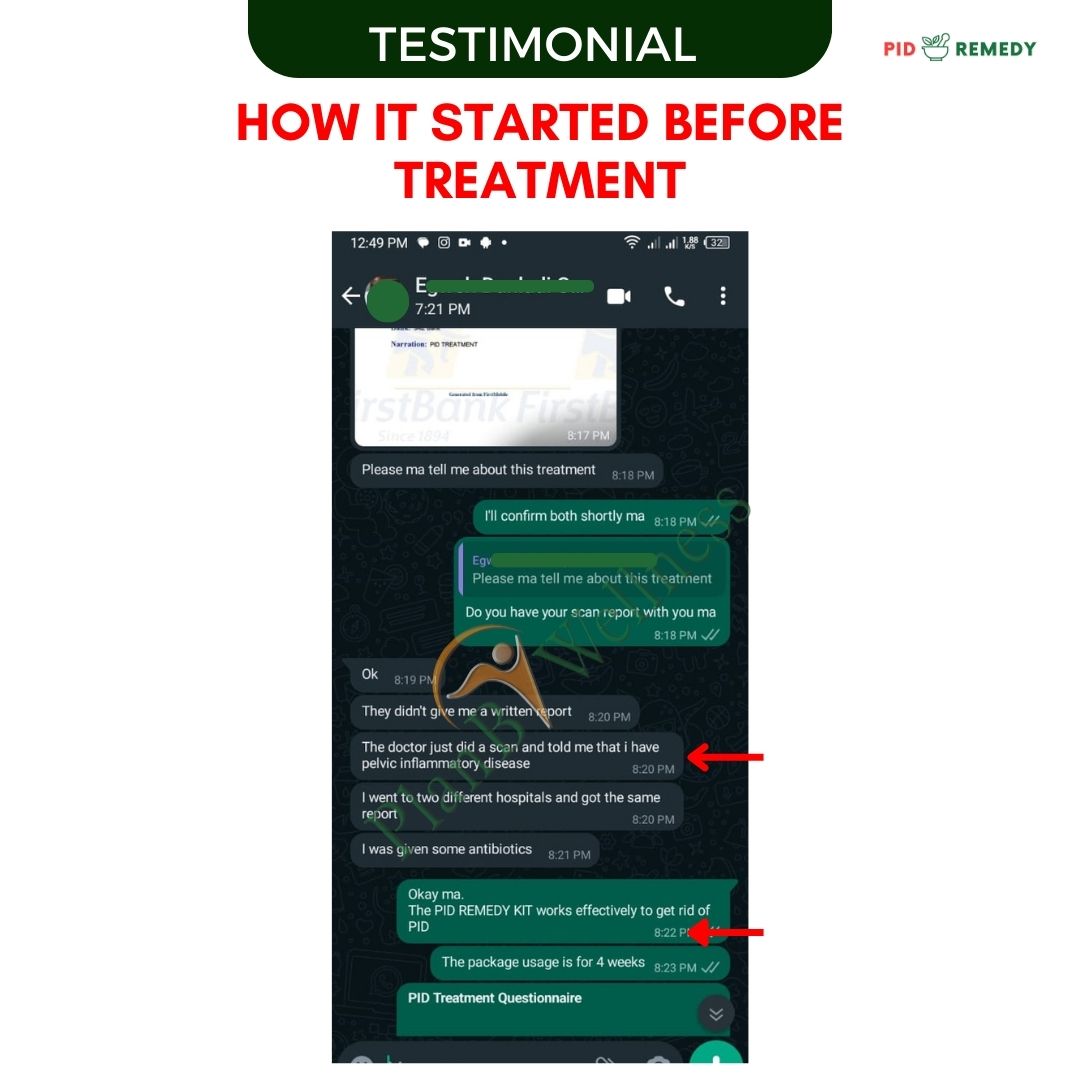
Scan done after using the Remedy confirmed no more PID
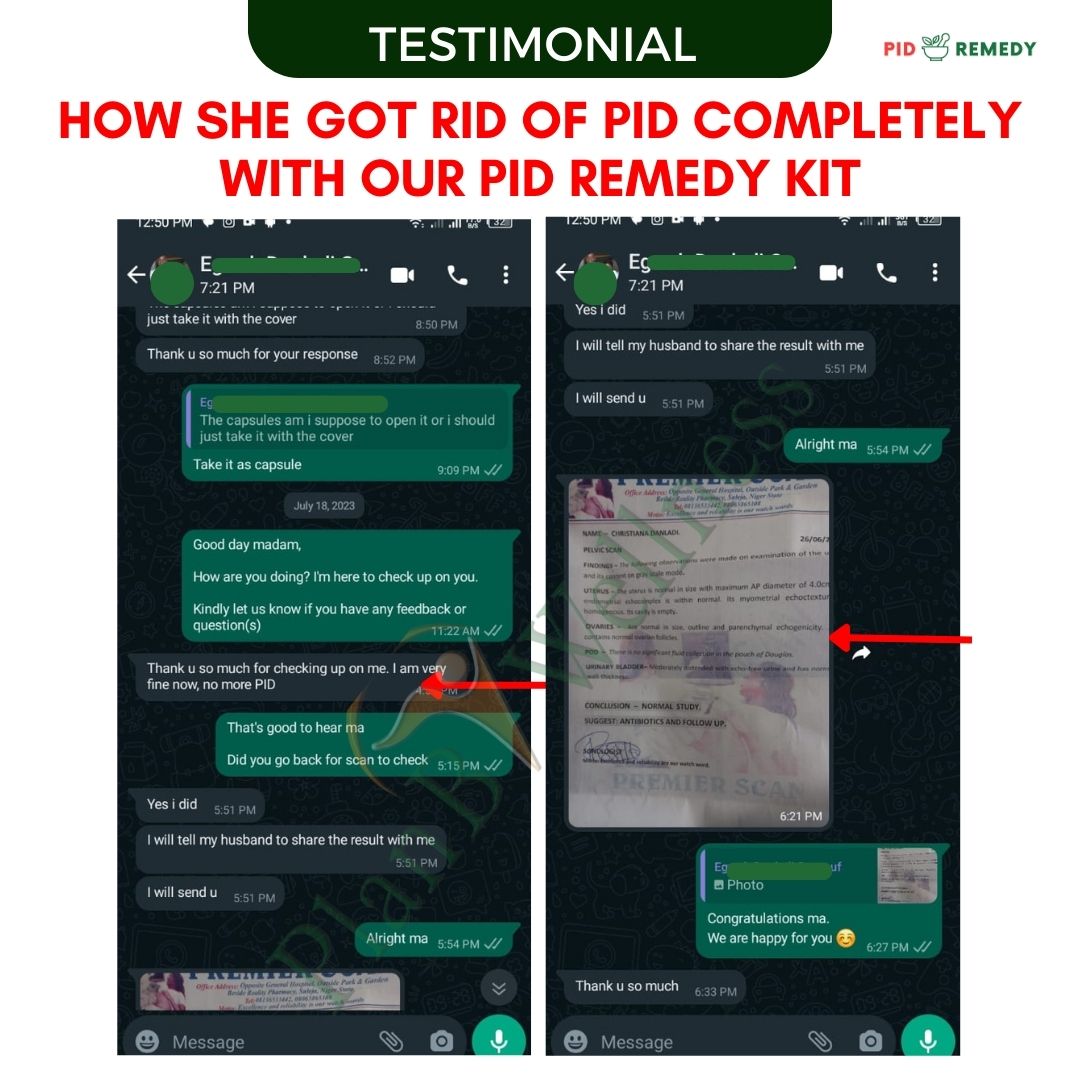
Here is another one;
Scan confirms no more PID after using the remedy
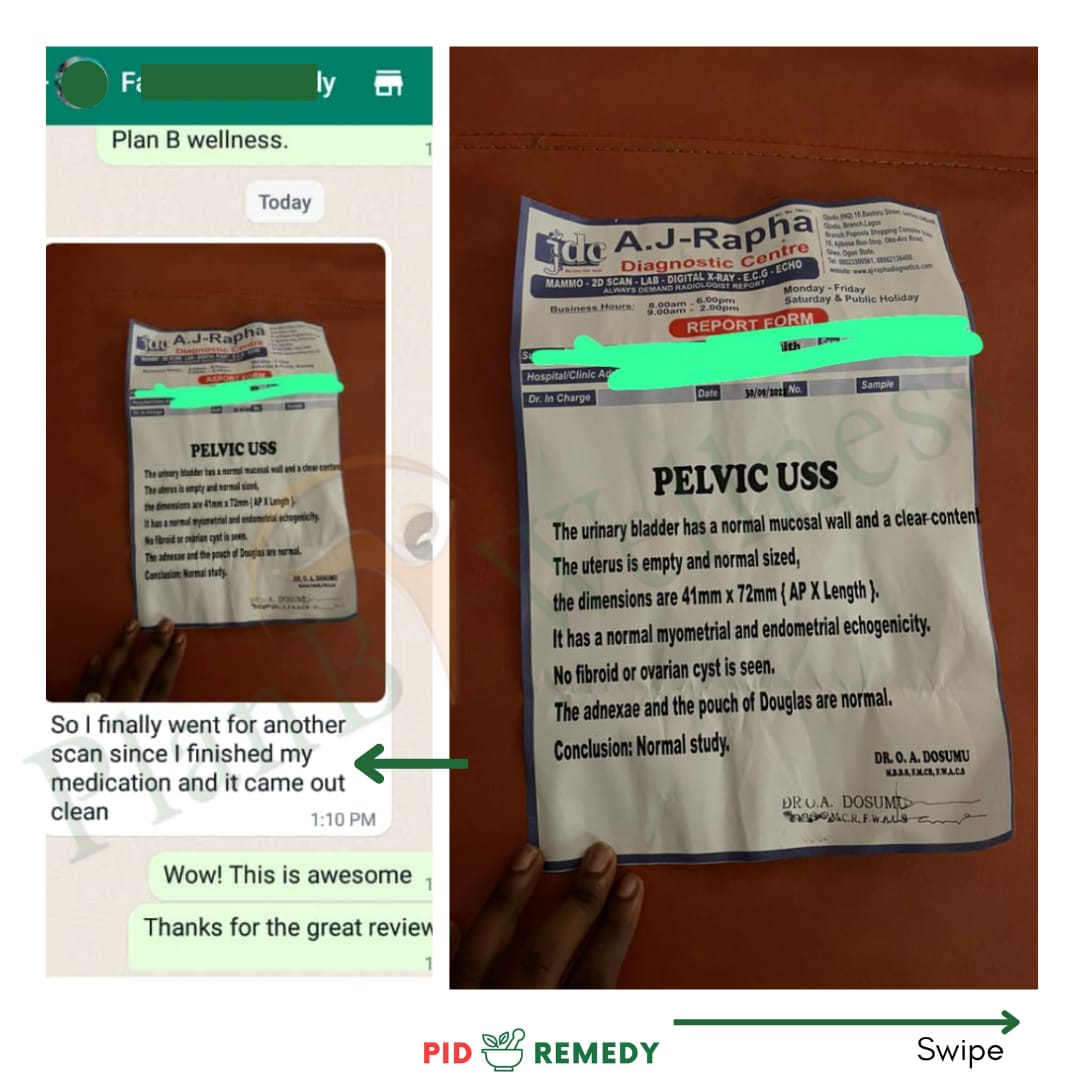
And right here is another one;
This fellow also ran a test after using the remedy and her result came out clean

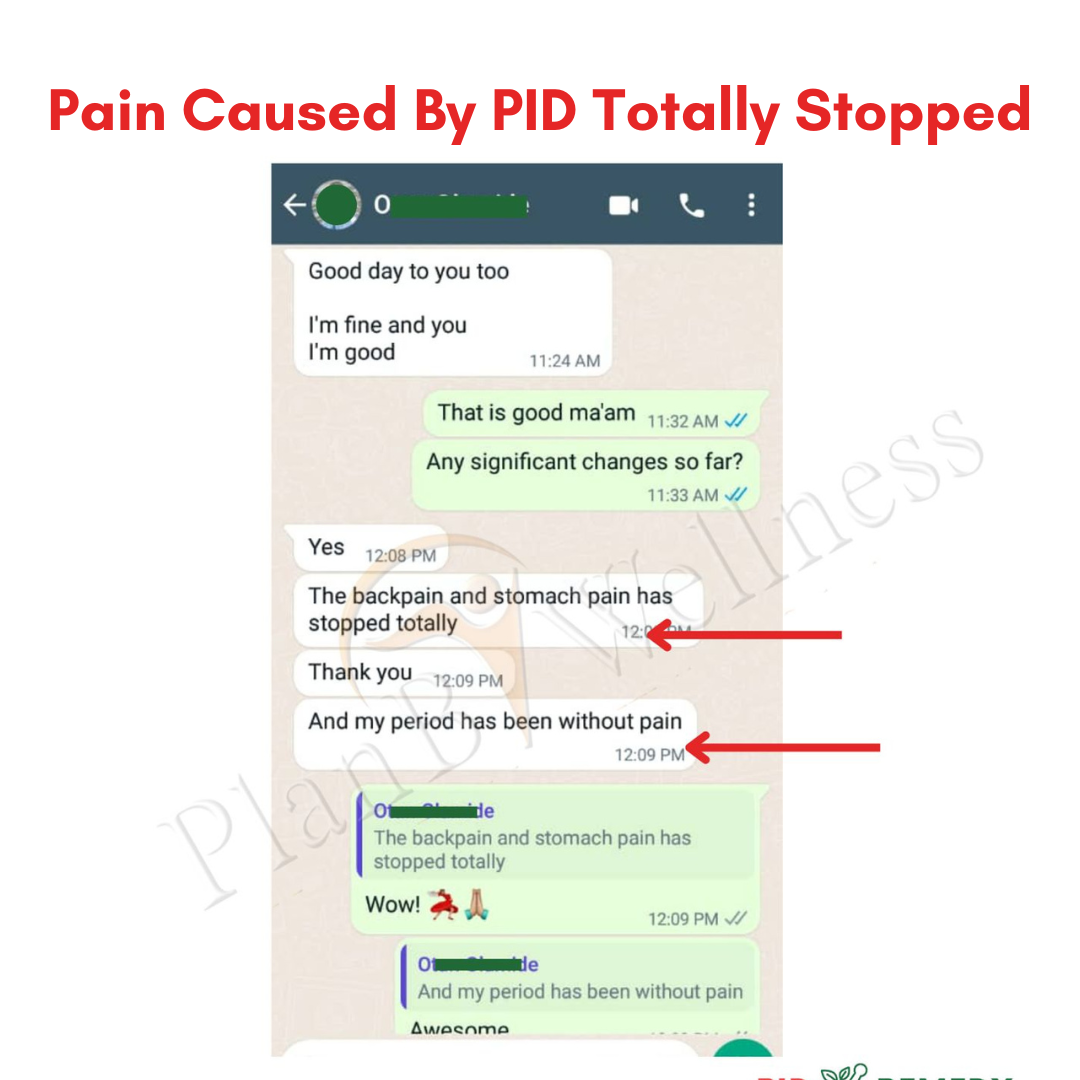
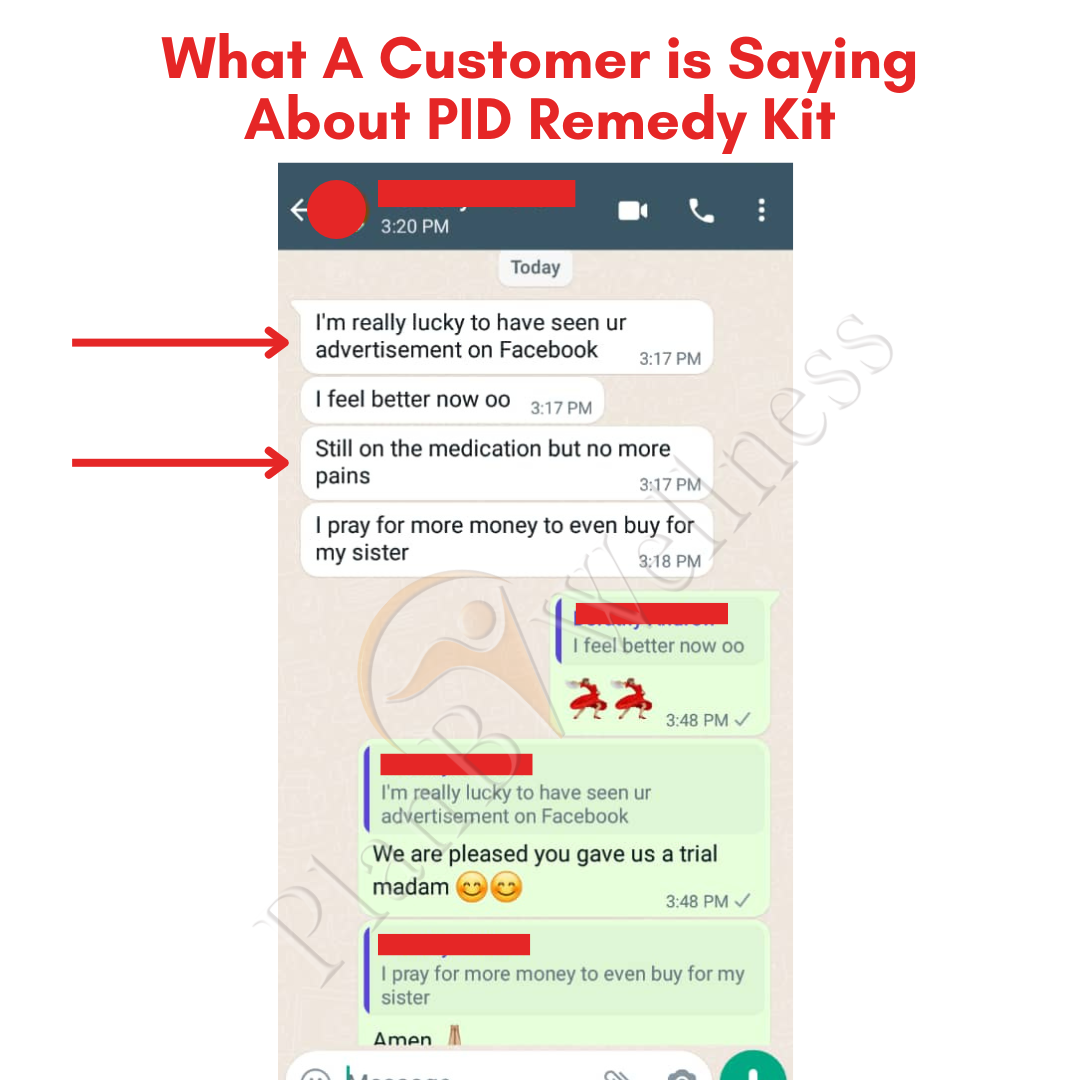
And right here is a pregnancy testimony;
Pregnancy Testimony While Treating PID With Our Remedy
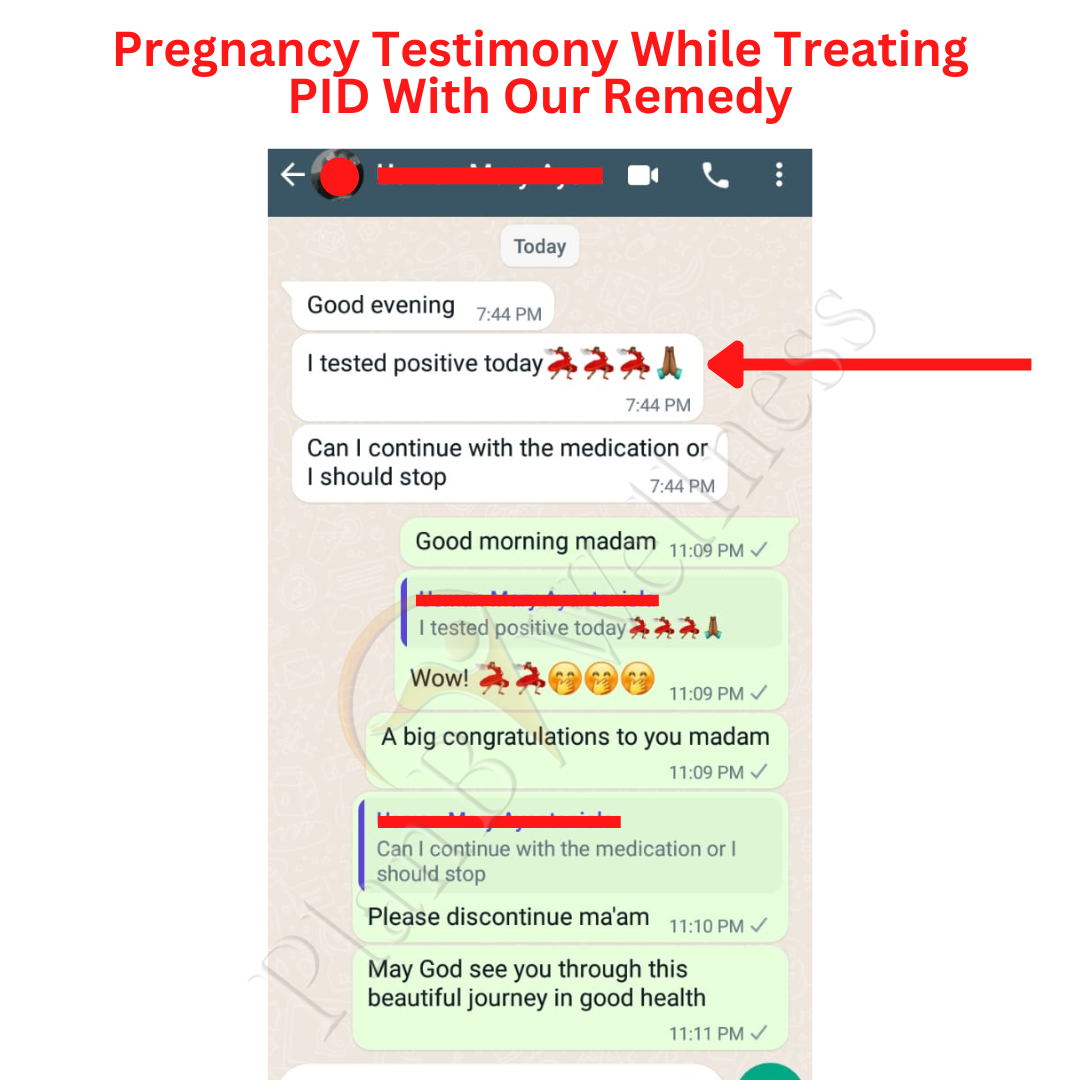
Stop wasting your money on drugs and injections that are not helping you!
Let’s help you overcome PID and other related stubborn infections in the most natural way possible

Do You…
- feel pains around your pelvis or lower tummy?
- feel discomfort or pain during sex that feels deep inside the pelvis?
- feel pain when peeing?
- bleed between periods or after sex?
- experience heavy periods?
- experience unusual vaginal discharge, especially of certain colours and odour?
- experience painful periods
If yes
Your final solution is here at last!
Before sharing the details about the solution with you, let’s educate you a bit about PID and the dangers it can cause to your fertility, if left untreated…
Impact of PID on Female Fertility
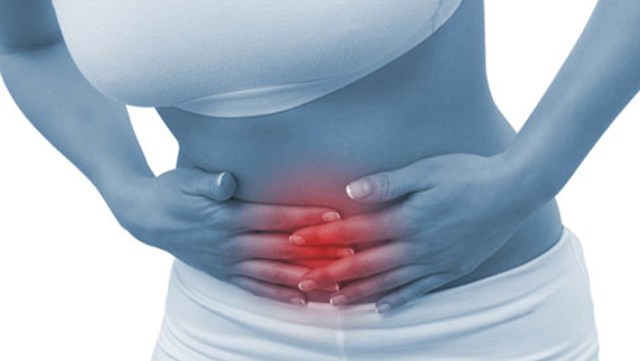
If left untreated, PID can cause serious damages to a woman’s reproductive system, including;
-
scarring and blockage of the fallopian tubes
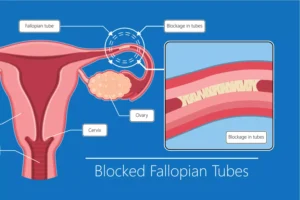
This can lead to inability to get pregnant when it’s time to start building your family. By then, it it would have been so difficult, more expensive and as well take a longer time to treat
-
increasing the risk of ectopic pregnancy
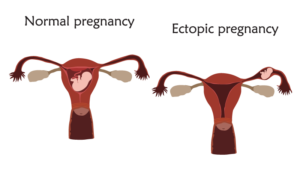
Ectopic pregnancy is a pregnancy that occurs outside the uterus. In most cases, it occurs in the fallopian tubes. When this happen, there is no way out for the woman to survive other than for the affected fallopian tube to be cut off.
You must also note that a woman with an history of an ectopic pregnancy has a higher risk of experiencing it again. So, if ectopic pregnancy happens twice, that means the two fallopians tubes may be cut off and such woman’s chance of natural pregnancy is ZERO. By then, the only way out would be IVF, which is not only very expeneive but also has a higher failure rate, as you may have known by now.

You need to also know that ectopic pregnancy is a case of medical emergency as it could lead to death. The fallopian tube isn’t made to hold a growing embryo. Therefore, ectopic pregnancy can lead to bleeding in the birth parent and if this is not controlled early enough, it can lead to death.
-
inflammation in the uterus and the ovaries
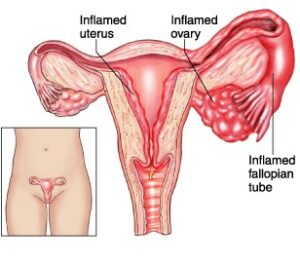
This can negatively impact egg quality and reduce the chance of successful conception. When this happens, a PID treatment that should not have taken more one 1 month would caused damages that would be taking several months and lots of money to be treated. You don’t want to experience this!
-
complications during pregnancy
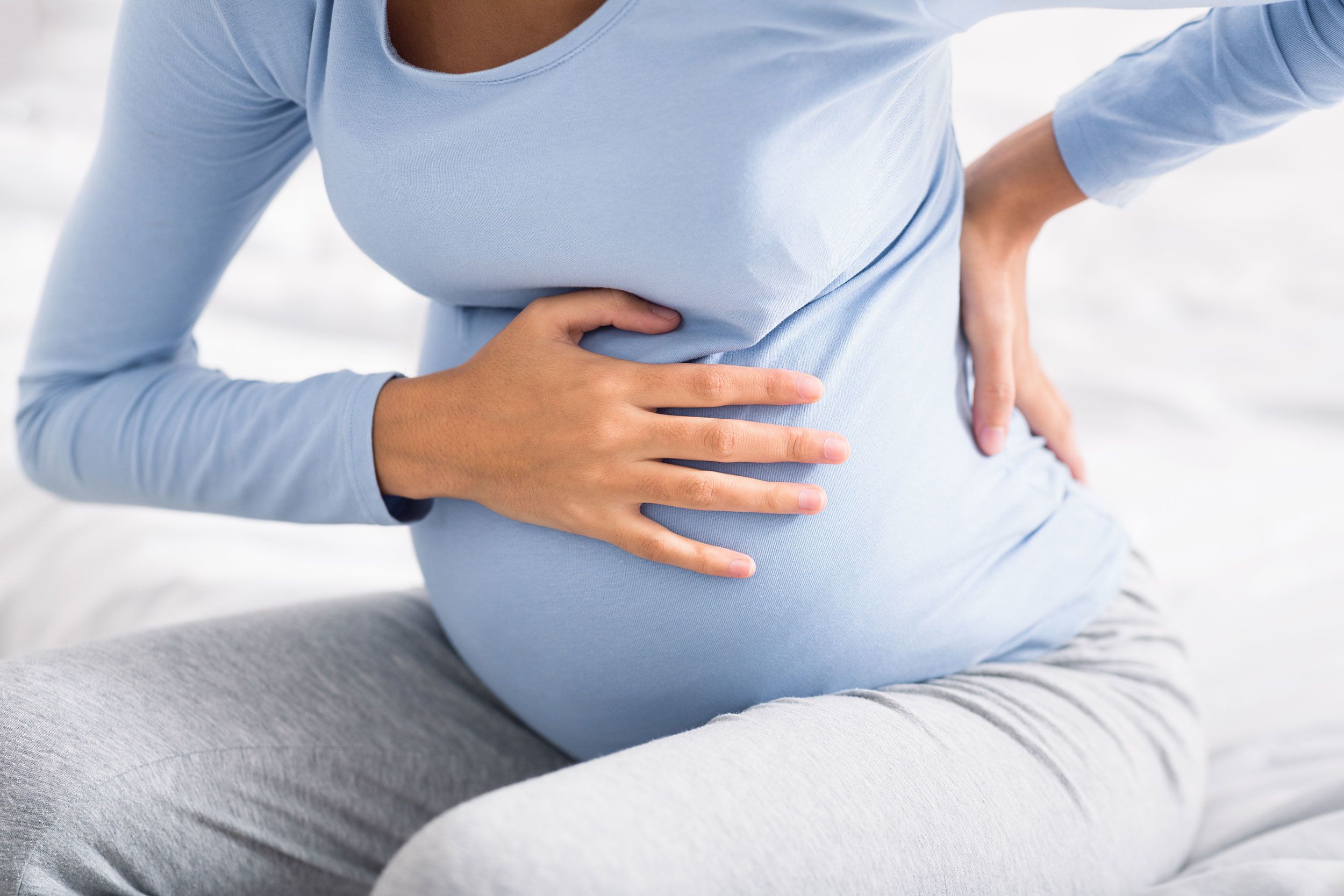
Women who have leave their PID untreated are also more likely to experience complications during pregnancy, such as premature birth or low birth weight.
- between 10% and 15% of women with acute PID become infertile.
If a woman has multiple episodes of acute PID, her risk of developing infertility rises. The most common cause of PID-related infertility is blocked fallopian tubes. The tubes typically become blocked from the adhesions caused by the inflammation, and the blockage is usually found closer to the ovaries than the uterus. When the blockage is near the ovaries, it’s more difficult to treat surgically.

Do you see why it is important to take care of your PID right now without any further delay?
And we’ve got your back!
We are happy to introduce to you…
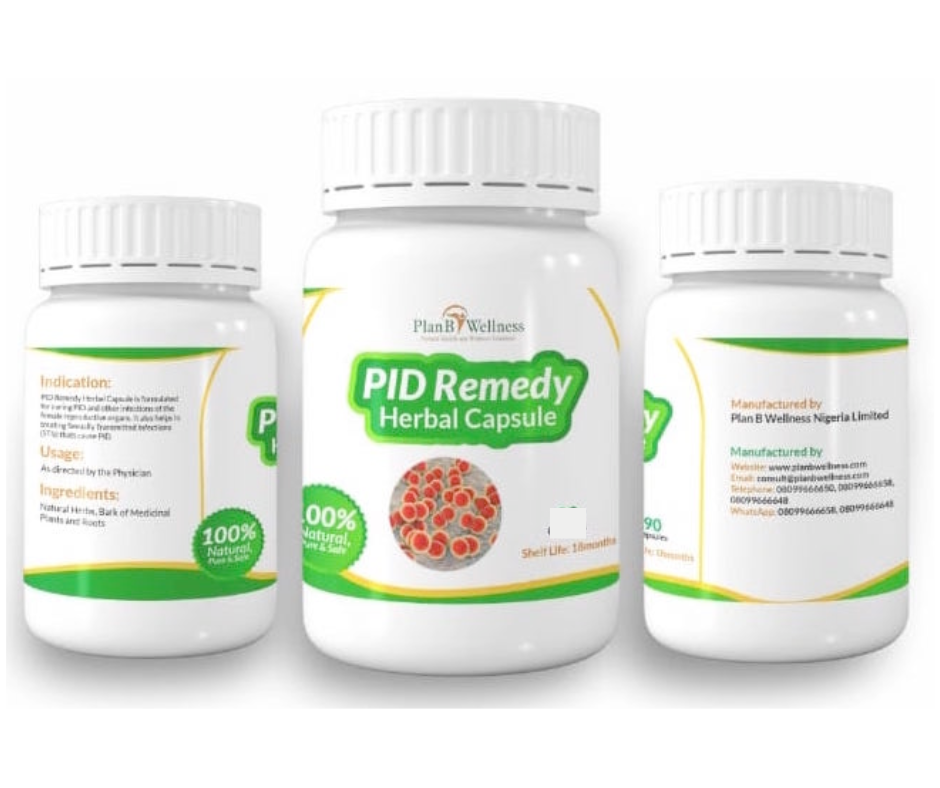
PID Remedy Herbal Capsule
Which is 100% safe, organic and highly effective!
From the Stable of Plan B Wellness Nigeria Limited
A fully registered natural health and wellness company in Nigeria licensed to consult, formulate, produce, import, export, market and sell natural health products.
We are licensed by the Lagos State Government Traditional Medicine Board as Certified Traditional Medicine Practitioners.
We serve the populace with highly potent and effective 100% natural health solutions, products and services WORLDWIDE!
And they are getting great results
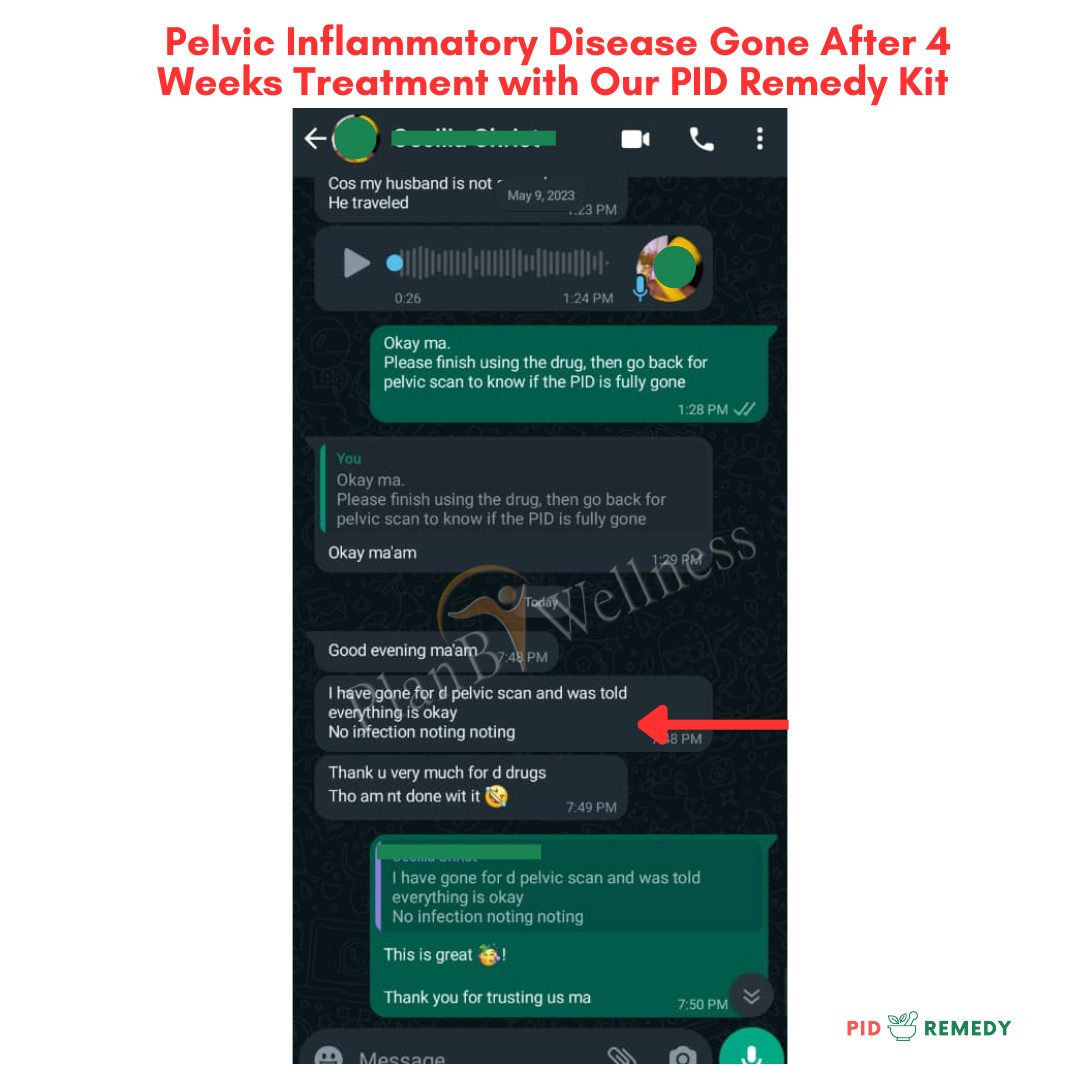
Another one right here
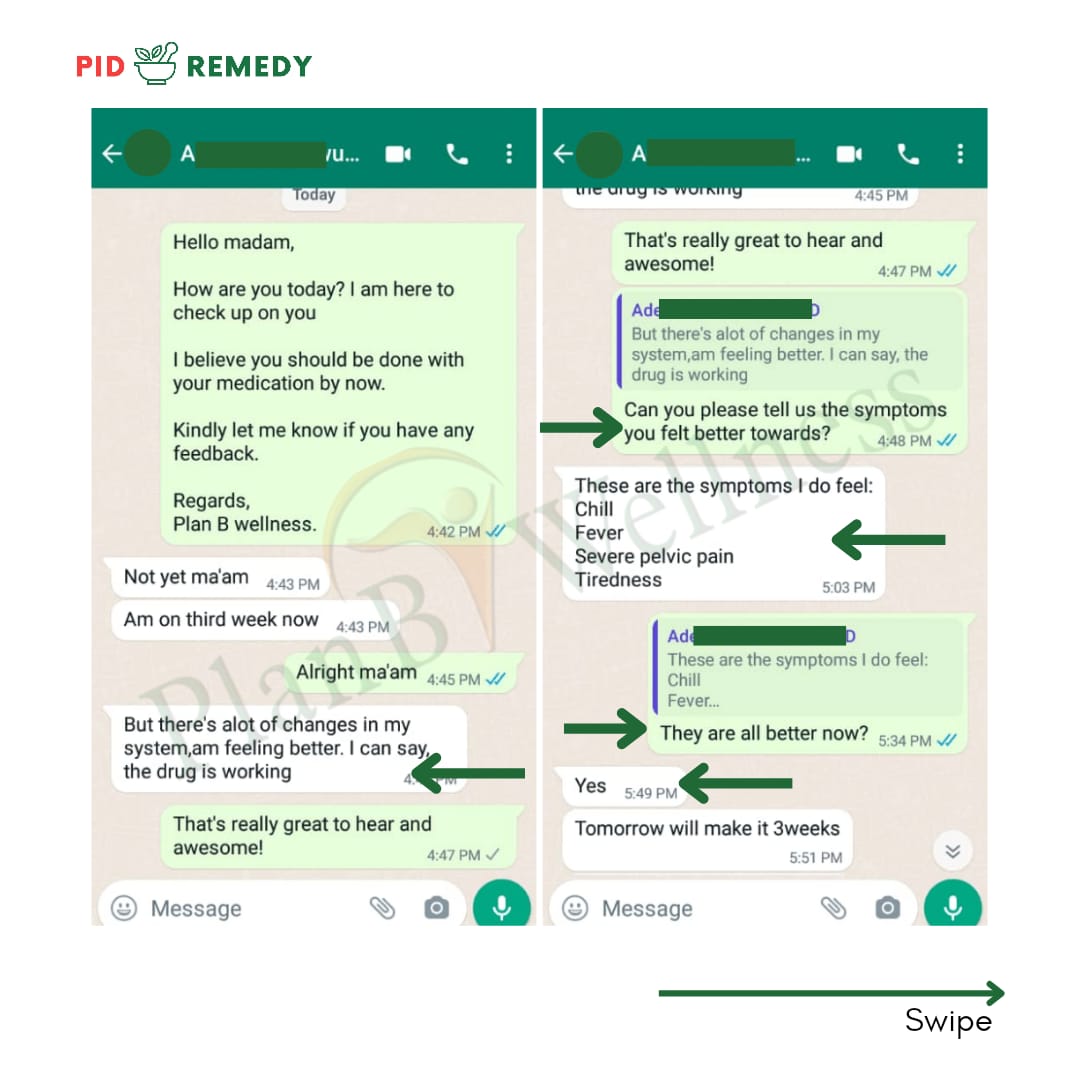
Here is another one
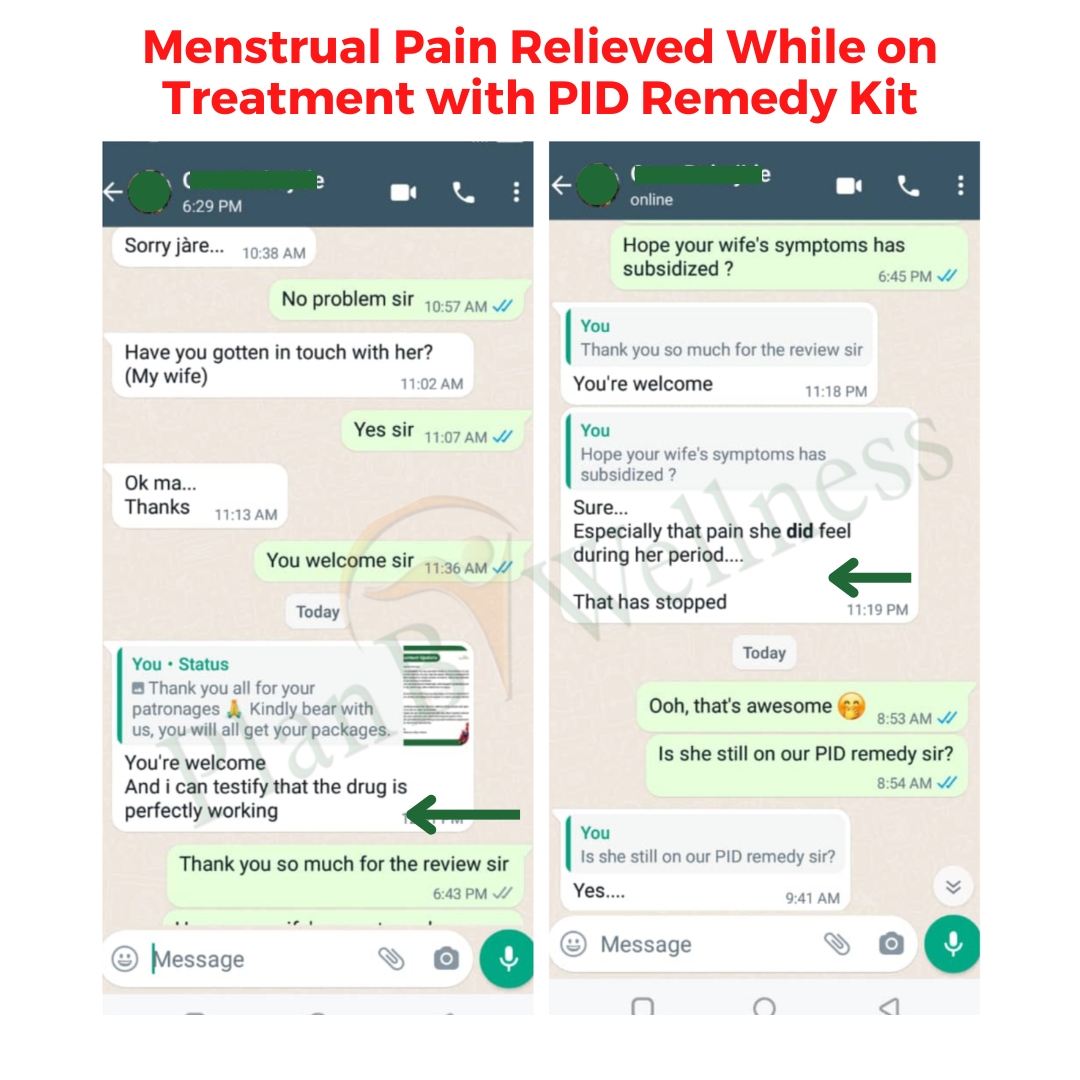
Below is another one
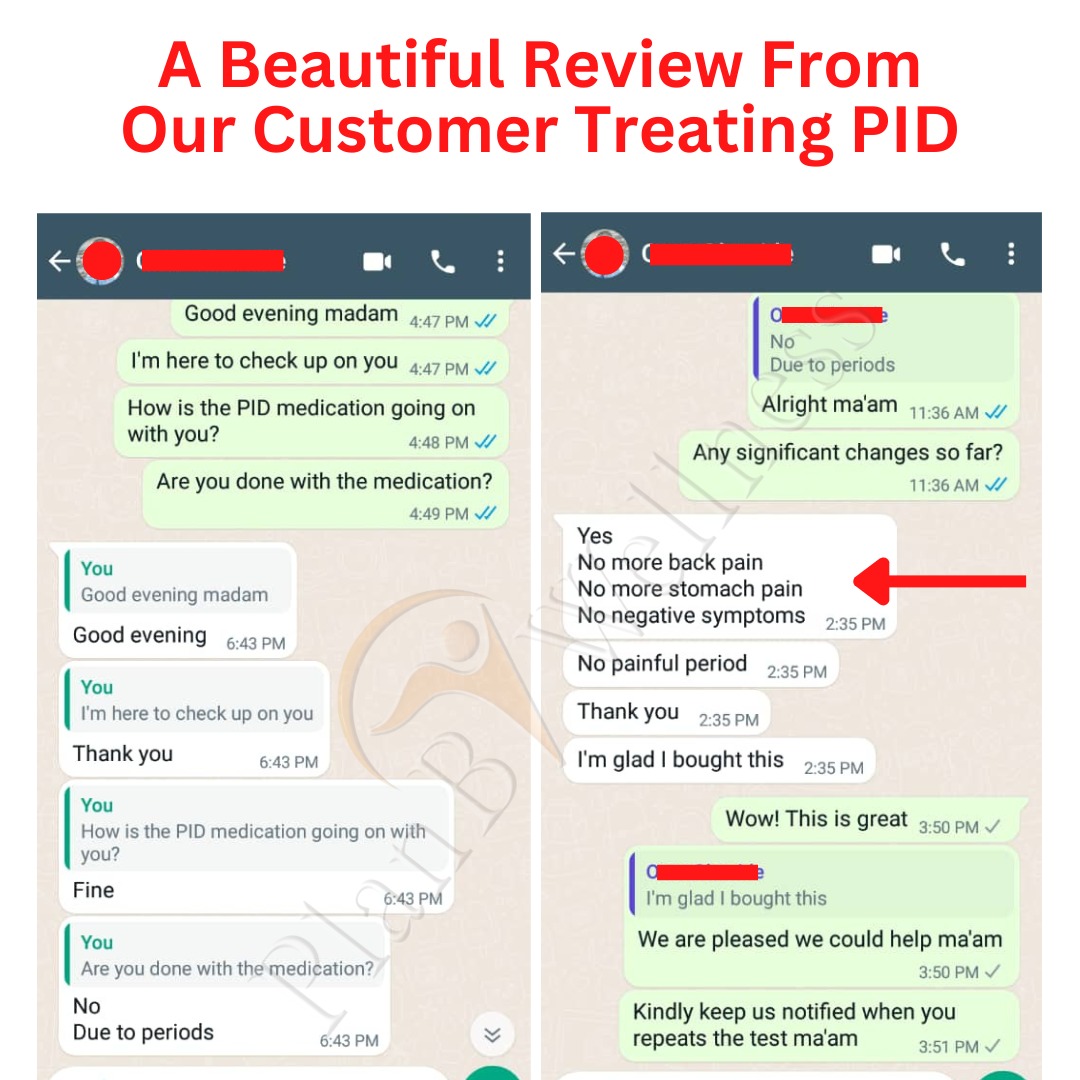
How Does The PID Remedy Kit Work?
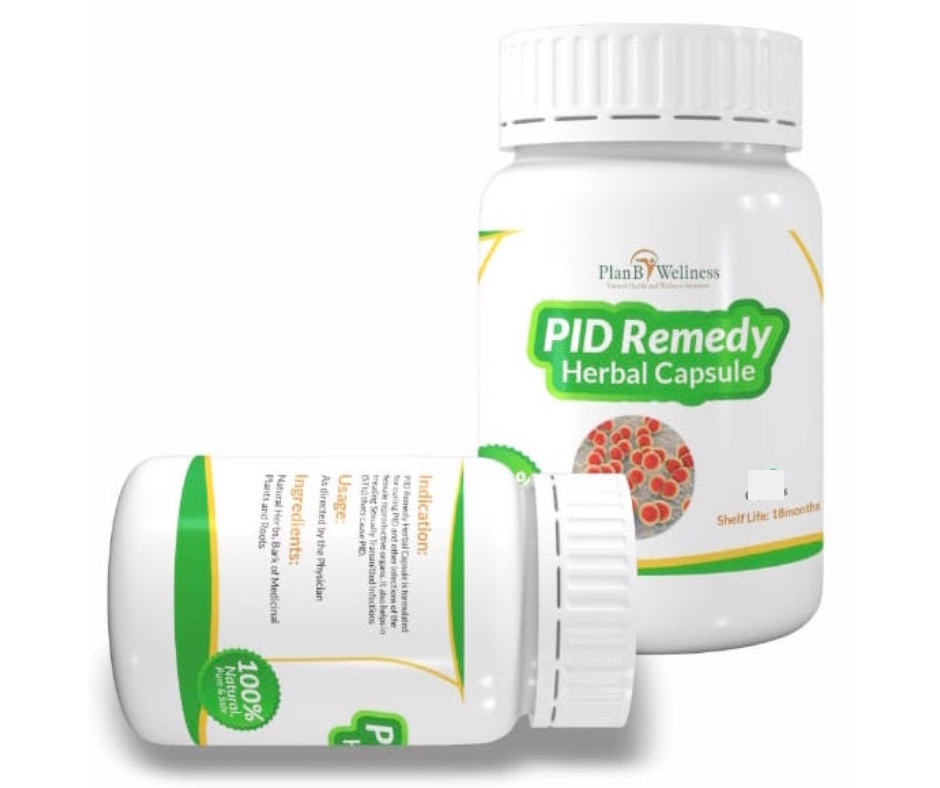
- This product is formulated with a combination of highly effective 100% natural herbs with very strong antibiotic, antibacterial and anti-inflammatory properties. Thus, it is highly effective for treating stubborn PID and other related infections.
- It also helps to regulate good vaginal bacteria, thereby helping to prevent frequent recurrence of infections.
- The product helps to alkalize the vagina and other organs of the female reproductive system. This helps to eliminate infections and other parasites from the female reproductive organs. This is better than the use of chemical antibiotics.
-
The product contains herbs for natural relief from all forms of pelvic pain and inflammation. This means you can go on with your normal daily routine and achieve productivity, without any fear of pelvic pains. It also mean you can henceforth enjoy good quality sexual intercourse with your spouse, without any fear of pain.

-
The product also contains highly effective herbs for boosting the immune system and detoxifying the reproductive organs. This step will return your reproductive system back to its natural state and boost your fertility
Three Unique Benefits of our PID Remedy
1. The Result is Super Fast

2. No Adverse Effects

3. Personalised Holistic Therapy

Buying this product today offers you a multi-dimensional holistic natural therapy approach, customised for you based on your lifestyle.
This is what is missing in all other solutions out there. They are uni-dimensional and not personalized for you. That’s why they are selective in their efficacy.
No one else offers you this!
Why Should You Trust Us, Our Company and Our Products?

1. We are not just a bunch of online marketers, we are a group of licensed herbal medicine practitioners
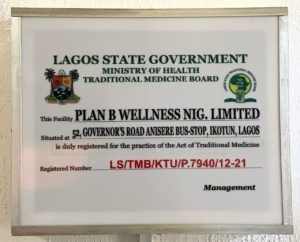
This is not yet another website put up by an online marketer trying to survive. Here, you are dealing with a group of licensed herbal medicine practitioners. As mentioned and shown earlier, we are licensed by the government to practise herbal medicine.
2. Our company is registered
Our company, Plan B Wellness Nigeria Limited, has been registered with Corporate Affairs Commission (CAC) since 2017 as a Limited Liability Company (not as an enterprise or venture).
To register at this level as an healthcare company, you need some levels of certification to indicate you are an expert.
Since 2017, we have been waxing stronger with thousands of customers all over the world and no single case of fraud or scam against us.
We also have several corporate bank accounts in our company name. So, you are not dealing with an individual that is not traceable, you are dealing with a professional corporate organisation that can be verified.
3. We have a functional physical office
Again, we are not a faceless company. You can walk in to our office anytime during the working hours (Monday-Saturday) to consult us and to also buy any of our products.
Office Address: Plan B Wellness Nigeria Limited: 53, Governor’s Road, Anisere Bus Stop, Ikotun, Lagos
Contact details (whatsapp, call & SMS): 08099666648, 08099666658, 080994666650, 08099666649
Email: consult@planbwellness.com
Before you are cajoled with sweet marketing tactics from marketers, make sure you check for those 3 things at least when you are patronising a company online regarding your health.
How Much Is PID Remedy Kit?
Full Treatment Duration
4 weeks (1month) = 2 bottles of PID Remedy Herbal Capsule
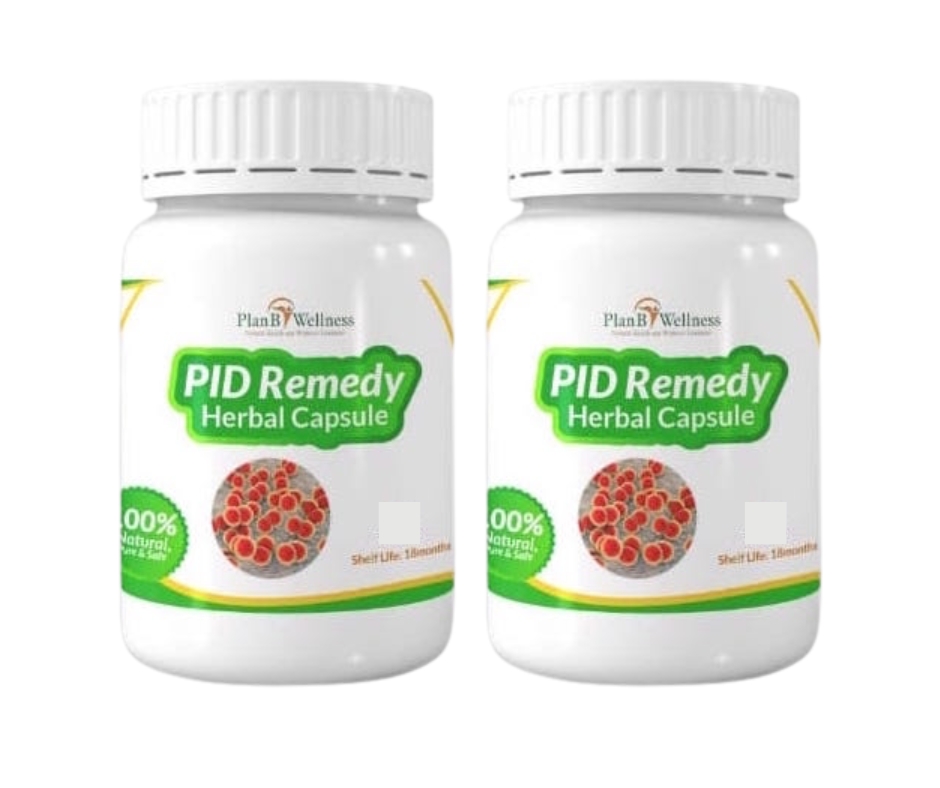
Two Bottles of PID Remedy: Full Dose
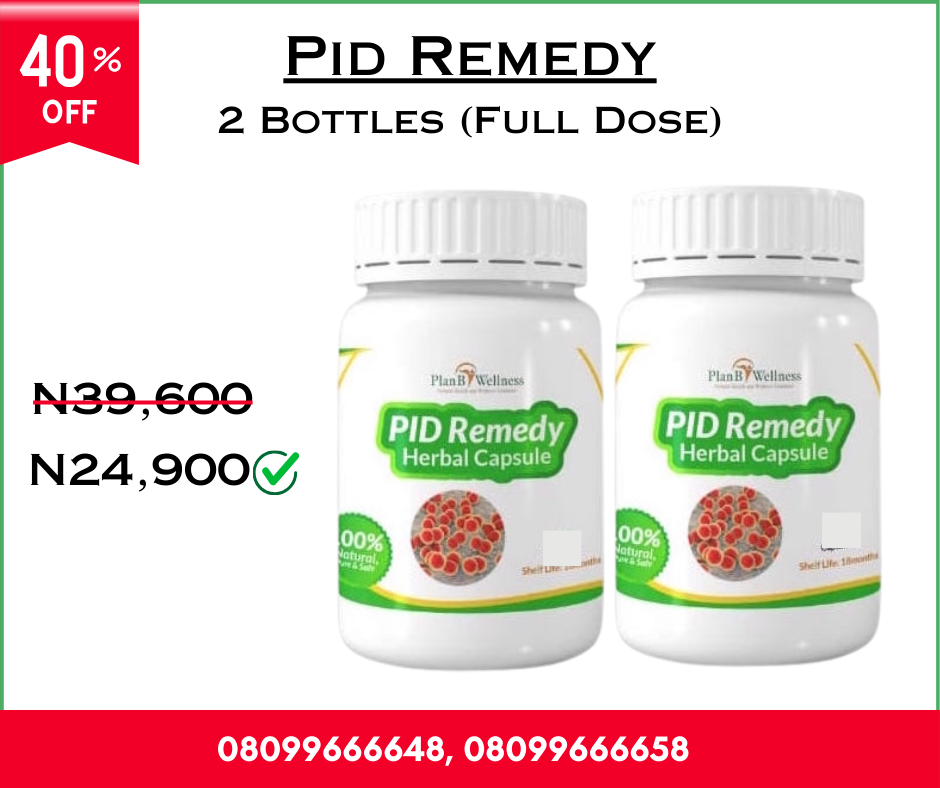
2 Bottles of PID Remedy Capsule (30 capsules each)
Actual Price = N39,600
Today’s Price = N24,900
For a limited time only!
Pay on delivery available nationwide

FREE, QUICK and FAST Doorstep Delivery
For the first 5 people to order and receive their package today only!
Couples Pack: Full Dose

2 Bottles of PID Remedy Capsule (30 capsules each)
2 Bottles of Biofit Capsule for Men (30 capsules each)
Actual Price = N79,200
Today’s Price = N39,900
For a limited time only!
Pay on delivery available nationwide

FREE, QUICK and FAST Doorstep Delivery
For the first 5 people to order and receive their package today only!
4 Bottles of PID Remedy Capsules
(Recommended for chronic PID)
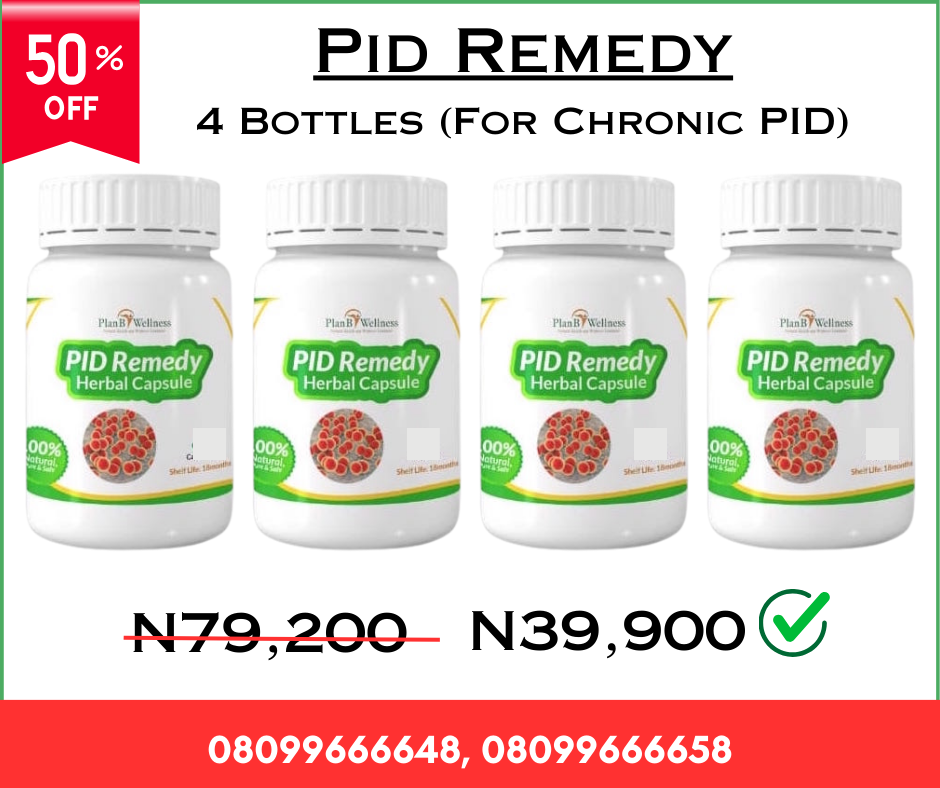
4 Bottles of PID Remedy Capsule (30 capsules each)
Actual Price = N79,200
Today’s Price = N39,900
For a limited time only!
Pay on delivery available nationwide

FREE, QUICK and FAST Doorstep Delivery
For the first 5 people to order and receive their package today only!
See how people are rushing the product and the kind of results they are getting;
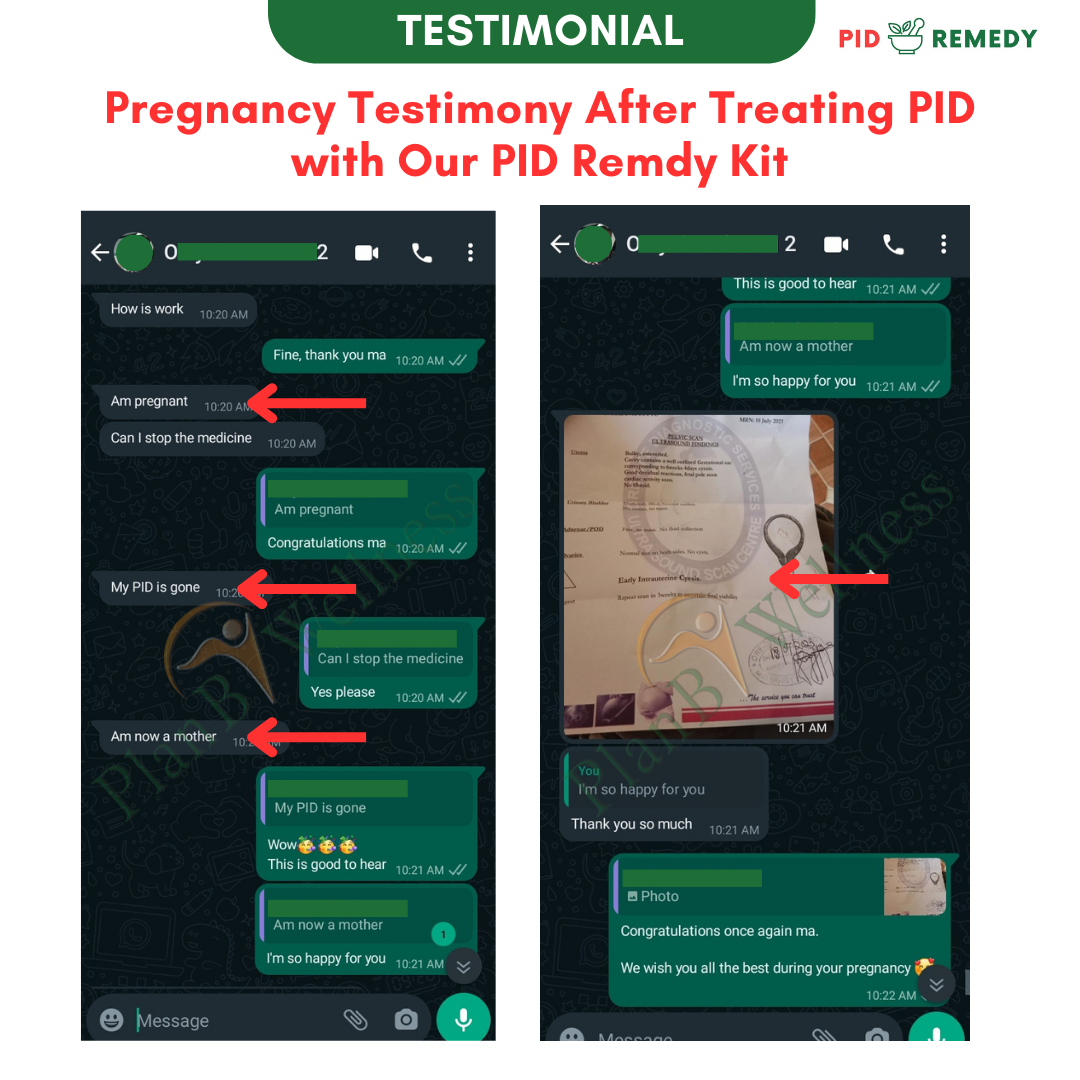
Below is another one;
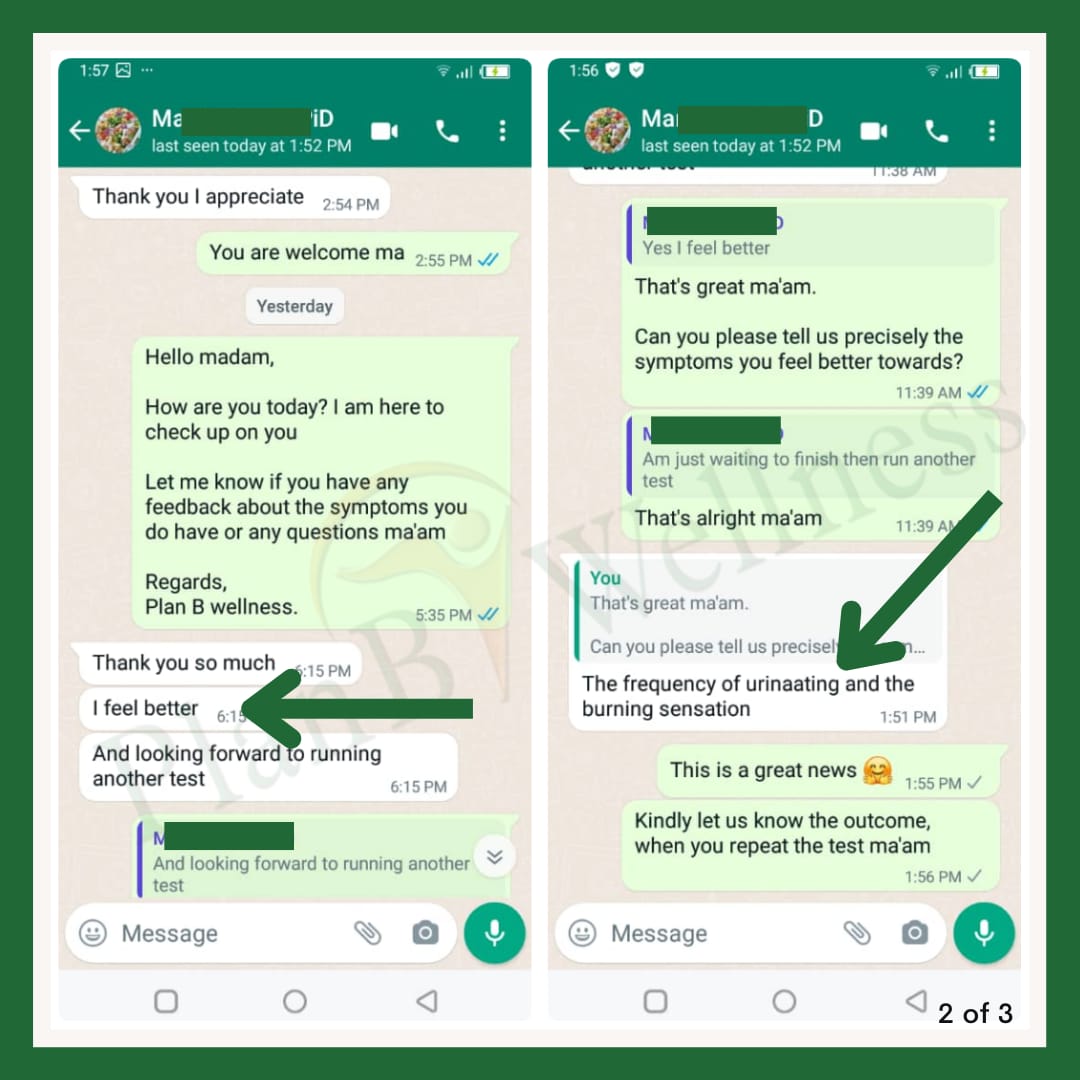
Another one;

How to Order for PID Remedy
- Ultrasound Scan Review: Send your Scan report for review to our support team via WhatsApp on 08099666648 or 08099666658.
- Product Recommendation: Your Scan report will be reviewed accordingly to determine which package could best help your particular situation.
- Order Placement: Place an order for the product as explained below using the most suitable ordering option for you.
- PID Treatment Questionnaire: Expect to answer our Treatment Questionnaire which helps us to know you and your health condition better in order to make sure you get the best result fast. The questionnaire is sent via whatsapp or email to you after placing your order.

Use any of the ordering options below to place your order right away;
2 Ways to Place An Order
- Pay on Delivery
- Office Pick-up
OPTION 1
Pay on Delivery

This option is available nationwide (within Nigeria only).
This means we will ship the package to you anywhere you are within Nigeria and you will pay for it only when you receive it.
Below is the list of the packages again and what you get if you go for pay on delivery order;
- Half Dose: N13,900 (1 bottle of PID Remedy Capsule only. Delivery fee applies and will be paid before delivery)
- Full Dose: N24,900 (2 bottles of PID Remedy Capsule only).
- Couples Pack: N39,900 (2 bottles of PID Remedy Capsule + 2 bottles of Biofit Capsule only).
- 4 Bottles (for chronic PID): N39,900 (4 bottles of PID Remedy Capsule only).
Treatment Questionnaire
The Treatment QUESTIONNAIRE will be sent to you on whatsapp or email once you confirm your readiness to receive the ordered package.
ORDER FORM
NOTE: Kindly do not fill the order form if you do not already have the fund to pay for the product when it’s delivered between now and the next 24hours.
OPTION 2
Office Pick-up
You want to pick up from our office?
We know there are trust issues out there, especially with online orders.
Therefore, feel free to walk into our office at 53, Governor’s Road, Anisere Bus Stop, Ikotun, Lagos to pick up the product Monday to Friday, 9 am to 5 pm.
If you are not in Lagos, you can also send your friends and relatives in Lagos to purchase for you directly from our office.
For questions and clarifications, kindly contact us via Whatsapp/SMS/Call at +2348099666648 or +2348099666658.
How Do I Receive My Order?
If you are not able to pick it up from our office, this product can be delivered directly to your home or office by our partner courier firms such as DHL, FedEx, ACE, GIG, IFEX, UPS, and so on.
You can also prescribe the courier/shipping/transport company that’s most suitable for you based on your location.
We Always Deliver
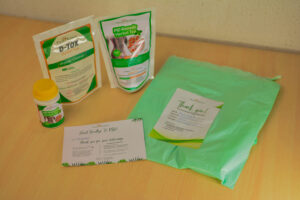


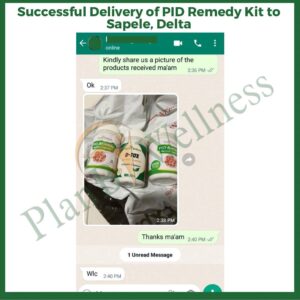
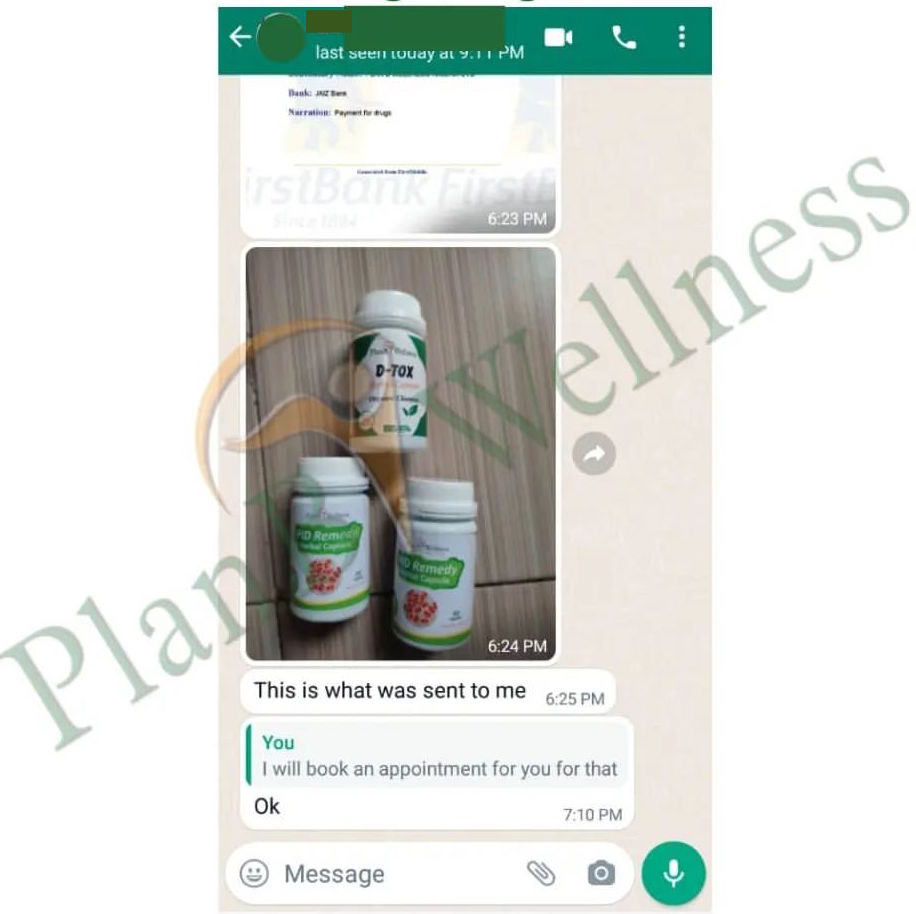
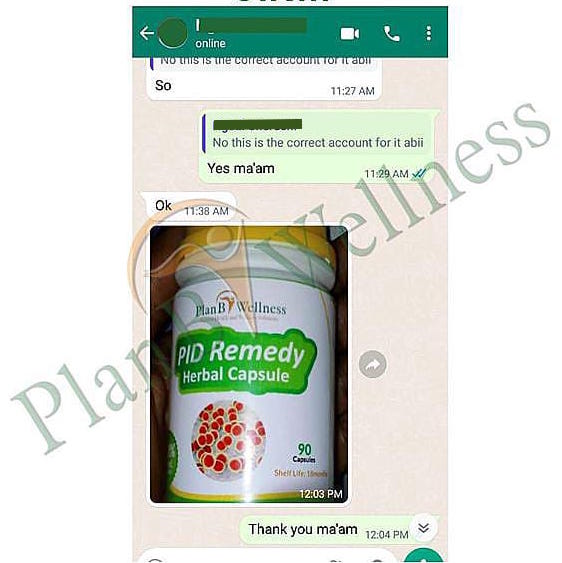
Have a Question for Us?
Customer Service: 08099666648 and 08099666658,
Logistics: 08099666659
Complaints: 08099666650
Email: consult@planbwellness.com
Instagram: @planbwellnessofficial
Office Address: 53, Governor’s Road, Anisere Bus Stop, Ikotun, Lagos
Check Out Our Other Products
Experiencing irregular period or any other abnormalities with your menstrual period? Click here to see the proven herbal remedy tha helps to overcome all menstrual challenges and also improve fertility.
Click here to learn all about Polycystic Ovarian Syndrome (PCOS) and how it affects female fertility as well as the natural remedy to overcome it and improve fertility for natural conception.
Click here for the details about what causes fibroid and the natural remedy that helps to shrink and eliminate all types, sizes and forms of fibroid without surgery and no adverse effects.
Achieving a regular ovulation and improving egg quality is not that hard, if one knows the right thing to use. Click here to learn about the natural remedy that will help boost your ovulation and also improve your egg quality to aid natural conception.
Click here for the natural remedy that helps to treat any size and type of ovarian cyst successfully without surgery and no adverse effects.
Click here to learn everything about adhesion (scar tissue, Asherman’s Syndrome, uterine synechiae, pelvic adhesion, etc) and the natural remedy to overcome without surgery and no adverse effects.
Once the Fallopian Tubes are blocked or damaged, natural pregnancy becomes difficult. As a matter of fact, recent reports have it that 1 out of every 4 cases of infertility is caused by fallopian tube blockage.
Click here to see details on the causes of tuba blockage and the natural remedy to overcome it easily.
Causes of infertility in men include but limited to; low sperm count (oligospermia), zero sperm count (azoospermia), varicocele, hydrocele, microlithiasis, testicular atrophy and so on.
There are also other issues such as low libido, weak erection and premature ejaculation.
Click here to see the full explanation we have provided for each of these cases and their remedies as well.
